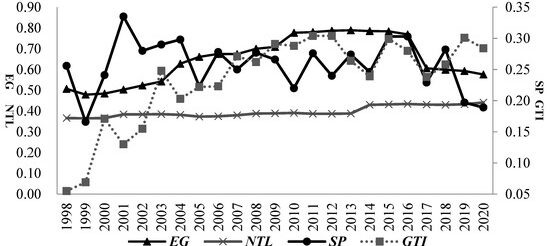IJERPH, Vol. 20, Pages 1475: Balance between Smog Control and Economic Growth in China: Mechanism Analysis Based on the Effect of Green Technology Innovation

IJERPH, Vol. 20, Pages 1475: Balance between Smog Control and Economic Growth in China: Mechanism Analysis Based on the Effect of Green Technology Innovation
International Journal of Environmental Research and Public Health doi: 10.3390/ijerph20021475
Authors:
Kai Yuan
Yabing Qin
Chenlu Wang
Zihao Li
Tingting Bai
The balance between smog pollution (SP) control and economic growth (EG) is currently a major problem facing China’s development. Green technology innovation (GTI) is an effective way to promote ecological civilization and realize green development. Thus, whether GTI can facilitate a win–win situation of SP control and stable EG is an important issue of academic concerns. In this paper, the mechanisms of the role of GTI, SP and EG were systematically demonstrated. The corresponding research hypotheses were proposed. Based on the data book of 278 Chinese cities from 2008 to 2020, the effects of GTI on SP and EG were systematically investigated using the econometric estimation method of dynamic spatial panel simultaneous equations. The results show that GTI can reduce SP directly, or indirectly by promoting EG. Although GTI can promote EG, EG may be inhibited due to GTI-induced SP reduction. Inter-regional SP showed significant spatial agglomeration characteristics. EG had significant spatial correlation effects. GTI in neighboring regions can also facilitate local SP control. Further analysis shows that compared with green utility model innovation (GUMI), green invention and innovation (GII) had a more significant effect on reducing SP and promoting EG. In addition, the analysis of the comprehensive effect of GTI on SP and EG shows that GTI can achieve the overall balanced development of SP prevention and EG regardless of GTI types.
